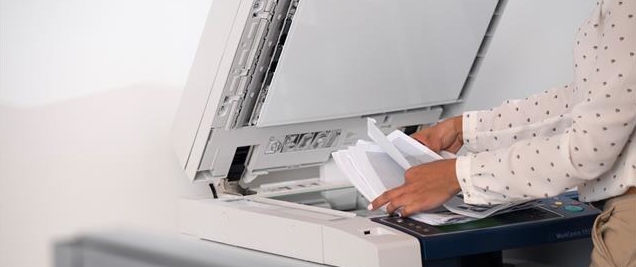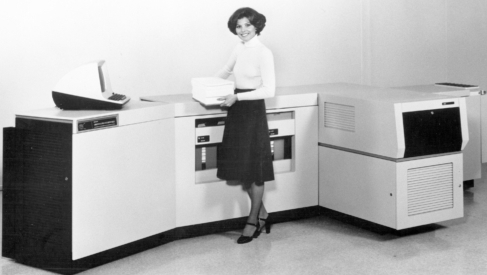No computer monitor, touch screen or television can show every color. They are not infinitely black nor can they display every color. Can you think of a device where an image of a laser cutting torch looks just like the original?This is even more tricky when it comes to color printers. Printers cannot create light. Instead, they rely on a sheet of white paper that can only reflect some of what is already in the room. In order for a printer to reproduce the colors in a cutting torch the room would have to be so well lit there would likely be nasty side effects.
Go into your local electronics store and look at all the televisions displayed next to one another. Yes, the colors are different. The color is different because the different technologies used to project light have different strengths and weaknesses. But which one is right? Hard to tell.
Just like televisions, printers have different color gamuts or ranges, and each try to be subjectively better than the rest. If you have an image that is tuned for one printer, it likely won’t look the same when printed on another.


For graphic design professionals matching colors to monitors, printing presses, and a variety of other color printers is a critical part of their job. Many print shops hire color professionals to adjust the color in the prints until they look good. They do a lot of tweaking and printing until they are happy with the output.
Matching a monitor is one of our biggest customer asks. (I should warn you about this one. It is very difficult to make a glowing emissive monitor and a light absorbing print look the same).
We’ll talk more about color and what you can do about it in February. In the meantime, tell us how important color matching is to you and what you do to get them to match.


